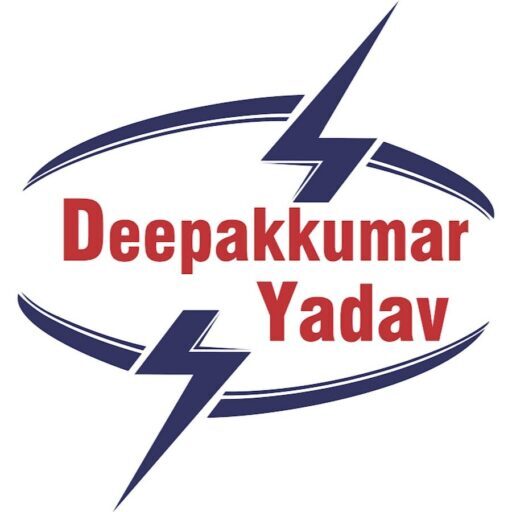Wound Rotor Synchronous Generation (WRSG)
This is a variable speed generator.
Main Components of Wound Rotor Synchronous Generation (WRSG) in Wind Power Plant
- Blades and wind turbine
- Wound rotor synchronous generator
- Exciter
- Rectifier (Generator side control)
- Inverter (Grid Side control)
- 3-ph step-up transformer
- Output to grid system
- D.C. link
- Rectifier-Capacitor-Inverter unit is a back-to-back power converter assembly with D.C. link.
- AC-D.C. Rectifier-is placed between stator winding and D.C. link.
- Power Inverter-towards grid.
- Stator-3-ph. Stator Y connected. Stator connects grid.
- Rotor-wound rotor winding as field winding is excited by exciter (3).
- Energy conversion-Wind energy is received by
- Blades of turbine and turbine rotor rotates
- Coupled generator rotates converting rotational (mechanical) energy into electrical energy. Voltage is stepped by 3-ph transformer and power goes to grid circuit.
Advantages of Wound Rotor Synchronous Generation (WRSG) in Wind Power Plant
- Active-reactive power flow control is provided by the power converter unit.
- Suitable for high power generation.
- Real and reactive power is controlled independently.
- Gear box is not needed.
- Whose stator current is utilized for electromagnetic torque production, naturally efficiency is higher.
- Power factor is better.
- In grid fault situation, stator connections are isolated immediately.
Disadvantages of Wound Rotor Synchronous Generation (WRSG) in Wind Power Plant
- Dynamics of mechanical balance is difficult.
- For field winding, d.c. source is required.
- Maintenance cost is much more.

